Izzzzzzzzzzy
Regular
Also be careful while investing right now in anything, due to my belief in the market going down, I think everyone can get in on stocks for cheaper even crypto lol. My opinion only
Damn it we are going back down, can we get a freaking update? Even Nviso has more updates on their website on the progress for their investors.
The whole market is going backwards. Any positive announcement would be blunted.Damn it we are going back down, can we get a freaking update? Even Nviso has more updates on their website on the progress for their investors.
It depends on how positive the positive announcement is. If it is unexpected positive (like, say Dell) then boom. If expected positive like another Nvisio or similar, then mark time or follow the market down. But, anything positive continues to derisk the company and it will fire up that much more when the market settles. All my uninformed opinion.The whole market is going backwards. Any positive announcement would be blunted.

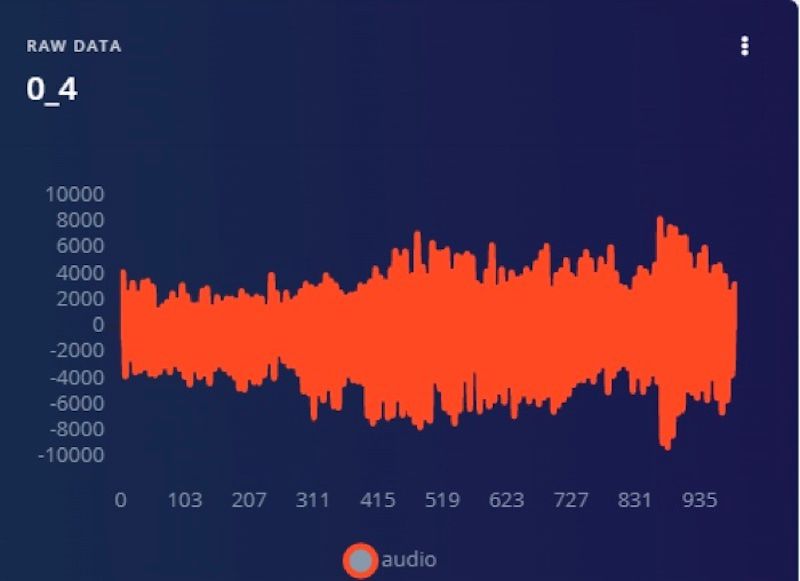
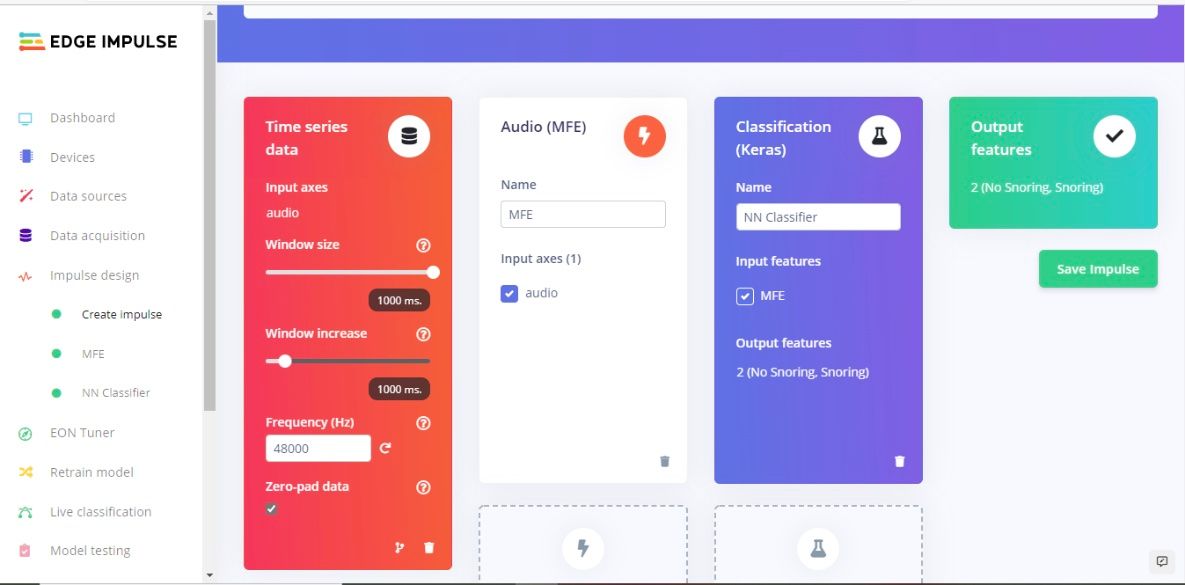
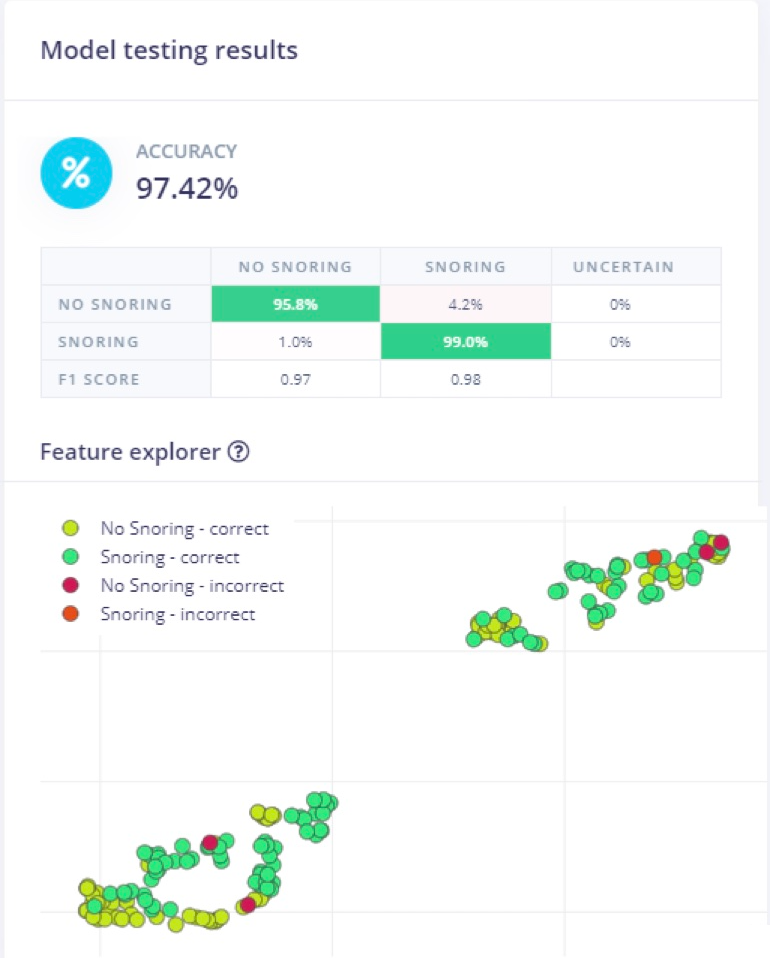
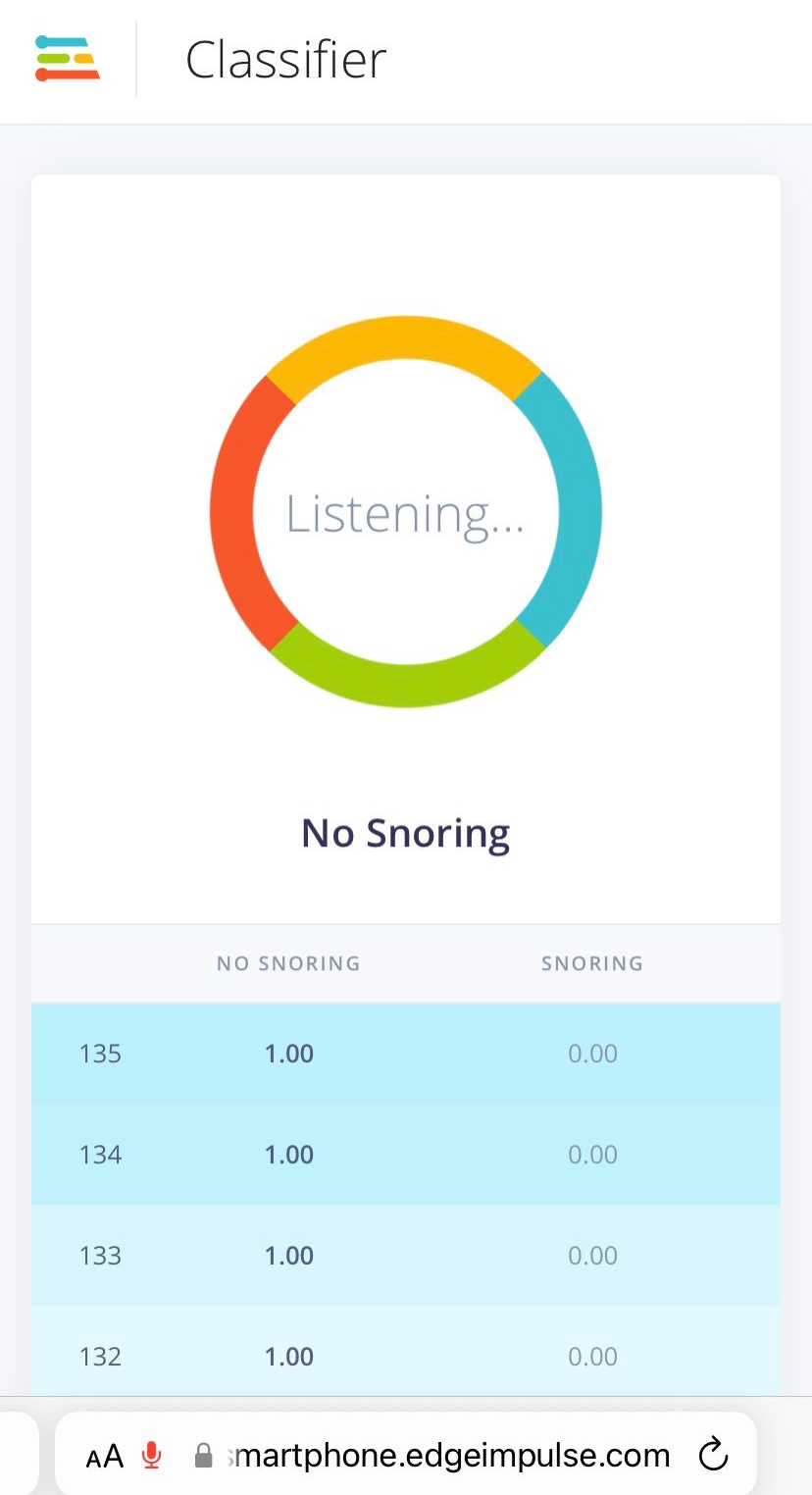
Depends what's driving the market. Recession risk fears is driving down the market atm = less spending which trumps everything else. BRN will get caught up in the general panic.It depends on how positive the positive announcement is. If it is unexpected positive (like, say Dell) then boom. If expected positive like another Nvisio or similar, then mark time or follow the market down. But, anything positive continues to derisk the company and it will fire up that much more when the market settles. All my uninformed opinion.
I’m waiting patiently to buy in as I’ve still not sold some of my coin yet as it’s been pumping since the release plus I’ve got my self super to use. Might see what happening overnight in America before i decide to take the plungeEvery time I think I can't afford anymore BRN, I find a way to buy more.
Short term pain = a much bigger yacht.
Resistance is futile, you know you want it NOW.I’m waiting patiently to buy in as I’ve still not sold some of my coin yet as it’s been pumping since the release plus I’ve got my self super to use. Might see what happening overnight in America before i decide to take the plunge
How can I sell something that’s on the up to buy something currently is in a downtrend, but I’m not going to delay using my self super too much longer.Resistance is futile, you know you want it NOW.

 thestockexchange.com.au
thestockexchange.com.au

 thestockexchange.com.au
thestockexchange.com.au

Hi DP, yes it seems like a no brainer. The best part of it all, the founder Luckey Palmer is a balls to the wall younger version of Musk, and I’ve got no doubt of all the engineers within a tech company like Anduril or Tesla the word AKIDA has filtered through.Hi Lex, Further to your research, came across this today from the Breaking Defence website, that if Akida is not being trialled/used in this, then it certainly should.
Akida Ballista
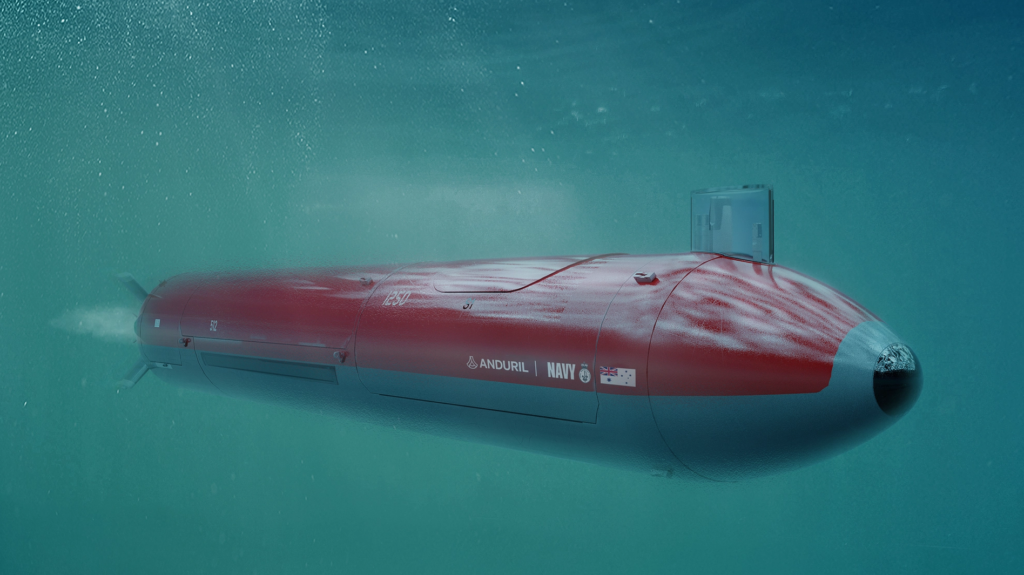
Upstart Anduril Australia hopes to make 100s of large drone subs, 'ITAR free,' CEO says - Breaking Defense
CEO and chairman David Goodrich told Breaking Defense the $100 million USD effort to build three prototype Extra Large Autonomous Undersea Vehicles (XL-AUVs) in three years is just the beginning of ambitious plans for the company.breakingdefense.com

I was just having a gander at there web site, they have more open positions on offer than Seek.Hi DP, yes it seems like a no brainer. The best part of it all, the founder Luckey Palmer is a balls to the wall younger version of Musk, and I’ve got no doubt of all the engineers within a tech company like Anduril or Tesla the word AKIDA has filtered through.
To me it’s just at what stage, have they been playing with our IP for the last year or two or have they just found out after Mercedes Benz announcements.
The submarines would be great with Akida though to me the big one for them like I said in my original post is deploying a sensor bomb full of Akida enabled devices which would integrate into their lattice OS.
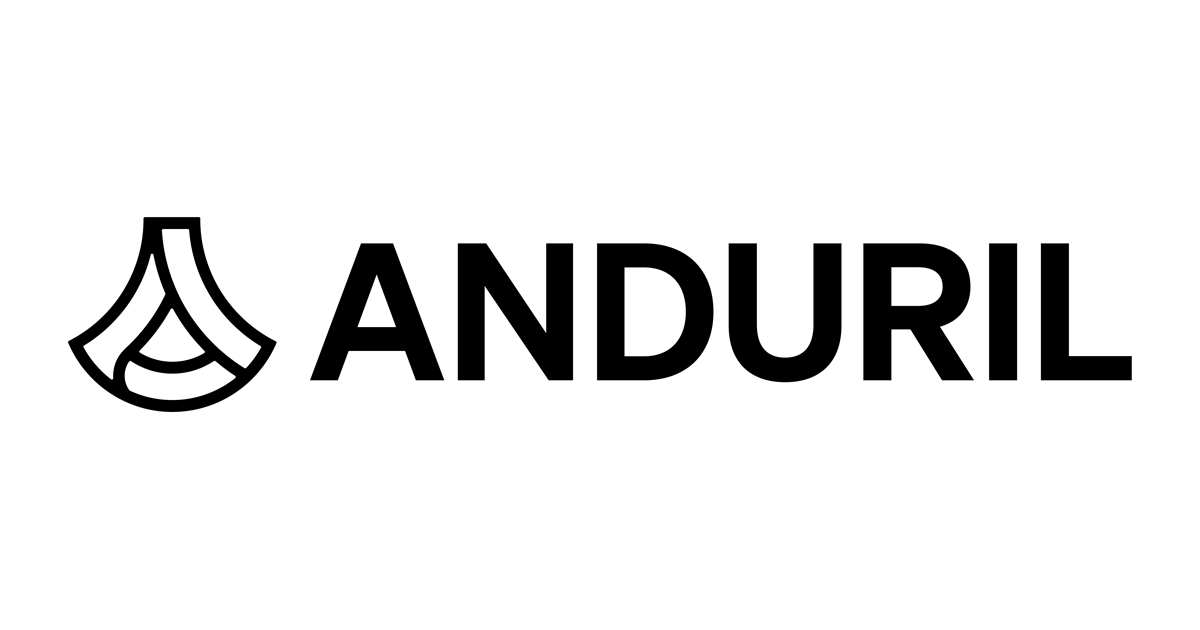
Just an observation on this. If the company has some idea of pending good news in the future, why would they let out useless updates in the meantime.Tend to agree. I've been in since 2016 and don't remember such a long "blackout" period....sure hope the news will be spectacular when it eventually sees the light of day.......
